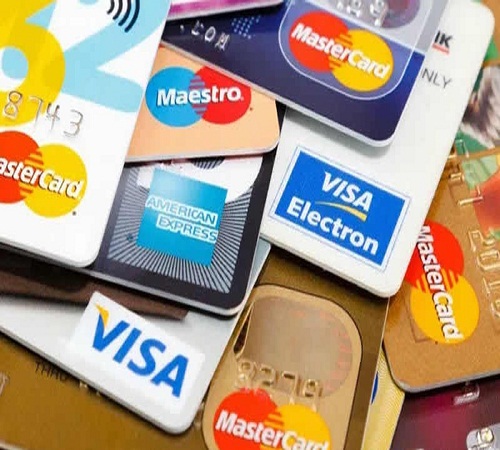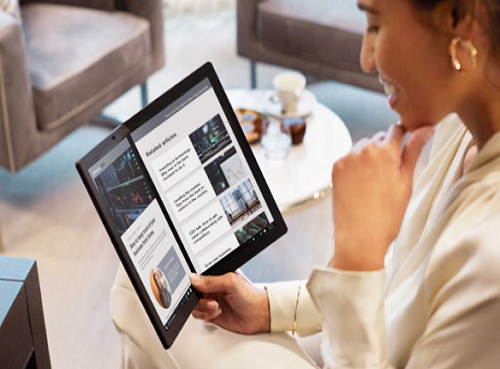If you have kids under the age of 18, then a card could be a great alternative to cash to teach them how to spend wisely. Plus, you can set spending limits and monitor what your child is spending on, giving peace of mind too, according to moneysavingsexpert.
This guide helps you understand the two main alternatives – prepaid cards and cards that come with children’s bank accounts – plus the advantages and disadvantages of each, and why a card could be useful for your kids (and for you!).
Why should I get a card for my child?
It is a good question. What’s the point when cash is just as good? Or is it? With card sales recording an increase, it is clear that having some kind of card and knowing how to use it is important.
Giving a child a card instead of cash can help them (and you) monitor their spending, as well as teach them about money and banking.
The control element is often a big draw for many parents, as depending on the card you choose, you can even get text notifications every time your child spends on the card, detailing what they have bought and how much it cost.
Plus, a card is a whole lot safer than cash. Both can be lost or stolen, but you are far more likely to be able to get your lost money back with a card.
The cards available for kids
We obviously cannot tell you when your child is ready for the leap into using a card. But if you do decide you want to get a card for your child, there are two options:
You can get a prepaid card or a card that you get alongside a kid’s bank account.
Both work in a similar way in that your child won’t be able to spend any more money than what is on the card. It does not allow an overdraft facility, so there is no need to worry about them racking up a massive bill.
However, prepaid cards and bank accounts for kids offer different features, so depending on what your child (and you!) want, one could be better than the other. Here we explain how each works.
What are the main features of each?
Before we delve into the nitty-gritty of how both options work, here is an at-a-glance summary of the main features of each to help you make the decision.
Prepaid cards for kids
Prepaid cards work like this – you load cash onto one, and it can then be used in shops just like a debit or credit card. Payment will be taken by chip and PIN or possibly contactless.
And don’t worry that your child won’t be able to use a prepaid card in a lot of places. The common prepaid cards are just like credit or debit cards and they are accepted by most retailers.
There are several types of prepaid cards on the market – however, for obvious reasons, we are only going to talk about the ones aimed specifically at under 18s.
Reasons to choose a prepaid card
There are two main reasons you might want to get a prepaid card for your little ones.
These are for control and educational purposes. Let us quickly break down what we mean for each.
- Control
The cards come paired with a smartphone app which allows you as the parent and your child to see what and where money is spent.
A second perk for parents is that you can also control how your child uses the card. For example, you can temporarily stop the card, you can set spending limits and monthly allowances, and in some cases you can restrict your child to using the card in ATMs, shops or online only. The latter is great if you worry about your child going on an online spending spree.
A child also won’t be able to use the card (in store or online) at ‘blacklisted places’ such as gambling sites, casinos, adult stores, off-licences or pubs.
The bank will send you text messages or app notifications whenever your child uses the card – meaning you can keep track of their spending.
There are some restrictions though – for example, your child won’t be able to set up direct debits (with children’s bank accounts you can). However, as long as they have funds available on their card, they will be able to sign up to age-appropriate subscription services.
- Educational value
As the cards can be used in shops, online and for cash withdrawals it is a good way to teach your children the basics of how banking works before they move onto a bank account when they turn 18.
Also, most of the cards have apps where your child can visualise how much they are spending, how much money they have left on the card and where they are spending. They could be a great tool to help your child learn the basics of budgeting.
The drawback – fees
Of course, these perks don’t come free. There are a couple of fees associated with prepaid cards that you need to keep an eye out for:
Monthly and annual fees – Typically, cards will require a monthly or yearly fee.
ATM fees – Your child may face a cash withdrawal fee. Plus, there are usually charges for spending and withdrawing cash depending on the bank account.
All prepaid cards we feature have a free trial period – so could be worth a try if you are unsure. There is no obligation to keep the card at the end of the free trial if you decide it is not right for you and your child.
Closing the card is usually a simple case of contacting the prepaid card company to end your subscription and transfer any funds remaining on the card. Just make sure you do it before the free trial period ends to avoid being charged membership or account termination fees.
Source: Punch











buy viagra rite aid cialis online cheap from canada female viagra sale uk